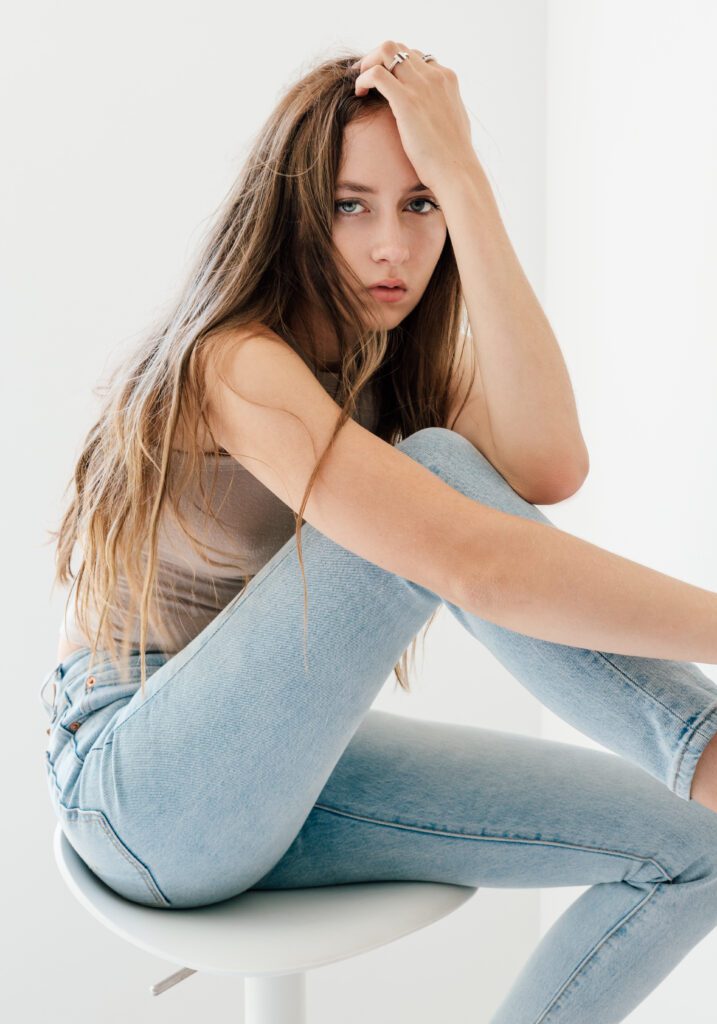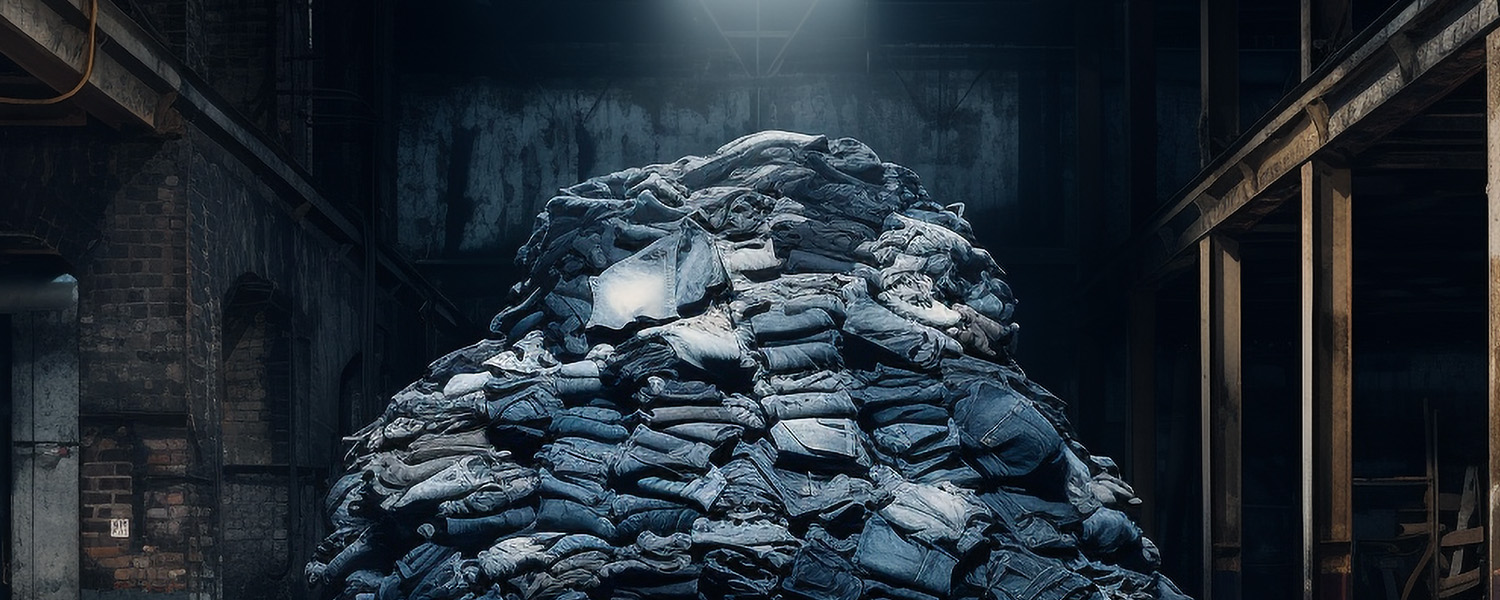Fashion industry players across the globe know the unique challenges being faced in today’s market. According to McKinsey’s report, The State of Fashion 2023: Holding onto growth as global clouds gather, the fashion industry as a whole “will struggle to deliver significant growth” this year. There’s pressure to innovate while also striving to reach sustainability goals – and little means to do either one. Competition is fierce and consumer shifts are turbulent.
Out of this instability, a rising trend in fashion is gaining traction as both an economical and a sustainable option for creating apparel and footwear. This trend is the use of deadstock materials – and it’s showing us that materials which have been traditionally written off as waste are actually far from it.

Building a deadstock road map
Deadstock materials are perfectly good fabrics that are left over from what’s already been produced. The opportunities to make use of this often forgotten commodity are huge (despite its grim name) and the industry is now waking up to it.
Creating fashion items from deadstock materials isn’t the same process as with made-to-order fabrics. By its very nature, quantities of these excess fabrics are limited so deadstock isn’t conducive to big-batch lines. It is, however, a perfect option for smaller, bespoke quantities or perhaps even individually customized pieces.
Another consideration: deadstock materials are already produced, meaning they’re here and available – usually immediately – just as they are. This opens up space for creativity in the design process, maybe using new kinds of fabrics that would otherwise not be considered.

We recently spoke with one of our Fashion Advisory Board members, Rachel K. Lincoln, about her experience using deadstock materials and what to consider when doing so. Lincoln is a leader in sustainable and circular fashion with expertise in social impact and compliance, sourcing, operations, and more. She has worked extensively with deadstock materials and the comments she shared with us were insightful.
“The challenges [of using deadstock] will be different depending on the size and scale of both the brand and the program or product,” says Lincoln. “Most often, I see larger brands not able to scale a deadstock program primarily because it requires a different way of thinking that might conflict with their internal systems.”
Creativity is key in getting around these systems. It’s easier for smaller brands, Lincoln explains, as they generally “have the flexibility to move quickly and shift within this framework.” But larger brands can successfully leverage deadstock materials as well.
“Start with a single product type and a single manufacturer. Start with a product you know and understand within your collection so that you can narrow down the variables” says Lincoln. “Work out the details, or the kinks as they might be, with that item. Then, once you have a solid road map, duplicate that process.”
“Deadstock is a wonderful way to use materials that have already been produced. You have the opportunity to help lessen your impact on the environment, shorten your product lead time, and bring exceptional, unique products into the market.”
Rachel K. Lincoln, Fashion Advisory Board member
Deadstock for your brand
When it comes to creating apparel and footwear with deadstock materials, the possibilities are endless! From outerwear to business attire, loungewear to basics, deadstock is a sustainable, affordable option. It’s all about what materials you’re able to access and how much of them you can get.
As for just what kinds of clothing lines deadstock is best suited for, being a limited-quantity item narrows down the alternatives. A few ideas are:
- Limited editions: collectible products made in only a limited quantity
- Capsule collections: condensed versions of fashion lines
- Drops: special releases of a certain line or product with only a specific number available
- Bespoke clothing: customized pieces that are made to order
The essence of deadstock offers the feeling of exclusivity to consumers. It’s something that is only available in limited numbers. And with the increasing concern for low-impact processes behind the clothing consumers are purchasing, deadstock materials present a responsible alternative to the fast fashion market.


Deadstock for the planet
Using deadstock fabrics will not solve fashion’s environmental problems; it’s going to take many more changes for us to get there. But there are huge quantities of deadstock materials sitting in warehouses worldwide today – and most will end up in landfills or be incinerated if action isn’t taken to use them.
“Deadstock is a wonderful way to use materials that have already been produced,” says Lincoln. “You have the opportunity to help lessen your impact on the environment, shorten your product lead time, and bring exceptional, unique products into the market.”
Our recently launched Deadstock Depot marketplace is a robust collection of many different types of excess fabrics, all gathered together in one place. The hunt for sourcing deadstock materials is over. Let’s all work together to slow down fashion and bring deadstock back to life.
Find deadstock materials in our showroom
The Deadstock Depot showroom has hundreds of deadstock materials available now. Browse through our selection to find what you need for your next collection right here!
Related content
Want to chat?
We’d love to hear from you. Reach out to see how we could work together.





